Winter macro
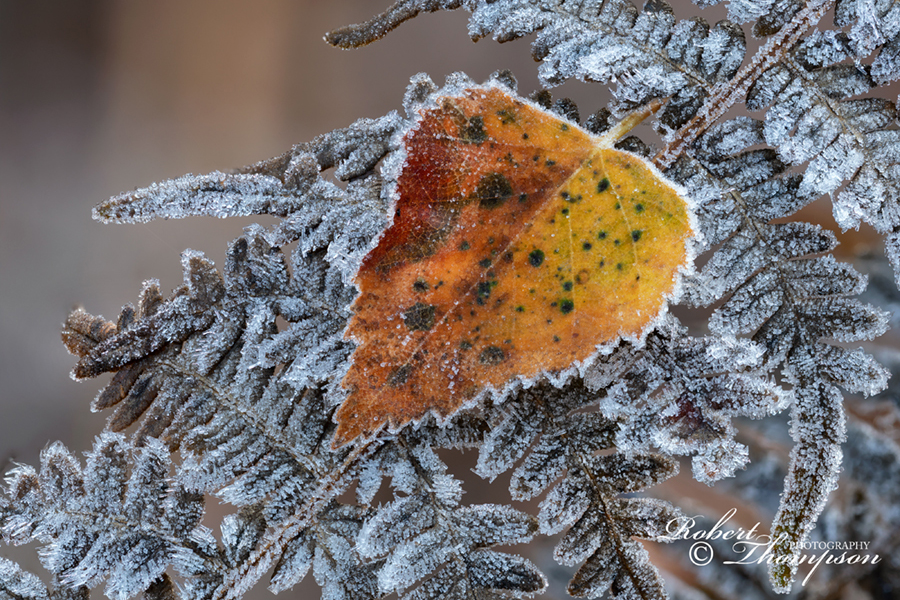
Frosted Birch Leaf
Nikon D850, 200mm Micro nikkor lens, f/11, ISO 100.
Winter is naturally a quiet time for macro photography. Flowers and the vast majority of insects are long gone except for a small number of species, which can persist throughout the seasons. Apart from some fungi, finding interesting subjects to photograph can be a lot more challenging during this time of the year.

Scarlet Elf Cup Sarcoscypha coccinea
Nikon D850, 200mm Micro nikkor lens, f/11, ISO 200.
One advantage that winter does bring is the sub-zero temperatures which can portray even the most uninteresting of subjects into something worth photographing. Unfortunately, the frequency of these conditions is much less common now than in the past; this is particularly the case in Ireland. Global warming, among other changes brought about by our disregard for the health of our planet, are undoubtedly to blame.
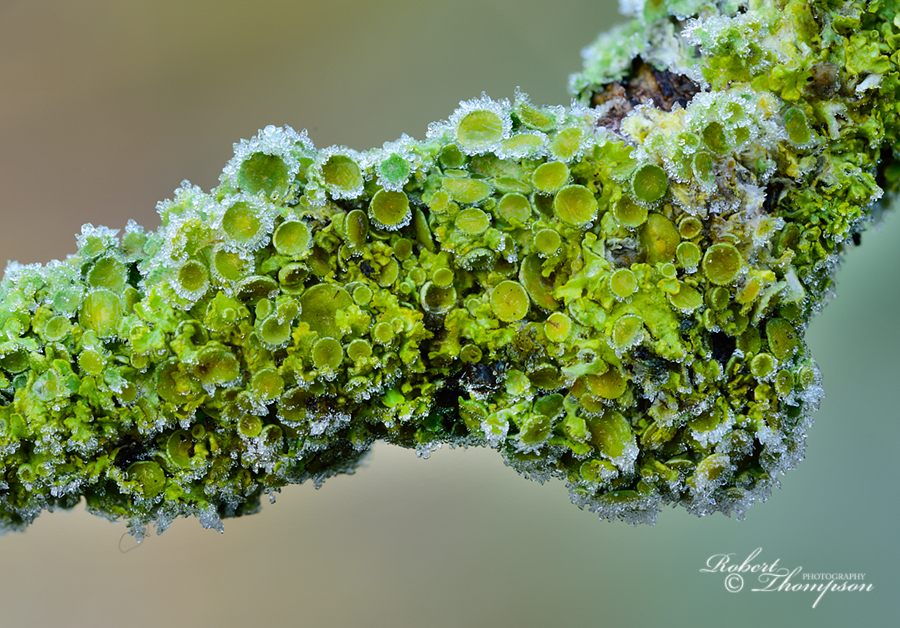
Frosted Xanthoria parietina
Nikon D850, 105mm Micro nikkor lens, f/11, ISO 100.
It is important to maintain one’s enthusiasm during this time of the year. I find shooting macro during the winter months sharpens the mind, forcing you to explore other potential subjects that would not necessarily attract your attention during spring and summer. It’s easy to fall into the trap of being a seasonal photographer, and some do, entering a state of hibernation until spring returns. However, don’t let apathy prevail; each season has its own charm? I do enjoy winter macro, it’s a more relaxing time to explore woodlands and coastal localities with your camera and to experiment with new techniques. It also ensures that anything you have learnt over the spring and summer months still remains fresh in your mind. There might be little in the way of living material, but I always find other subjects that attract my attention.
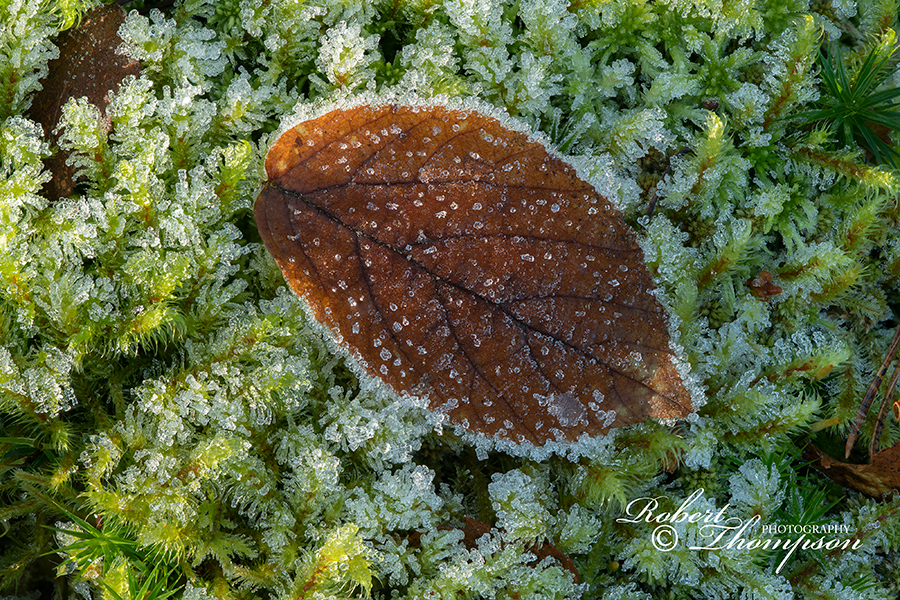
Frosted Bramble Leaf
Nikon D850, 105mm Micro nikkor lens, f/11, ISO 200.
I also take the opportunity during the winter to plan a year ahead looking at new destinations for workshops and organising fieldwork, so I maximise my time and know precisely what I’m doing and where I’m going to be during the following year.
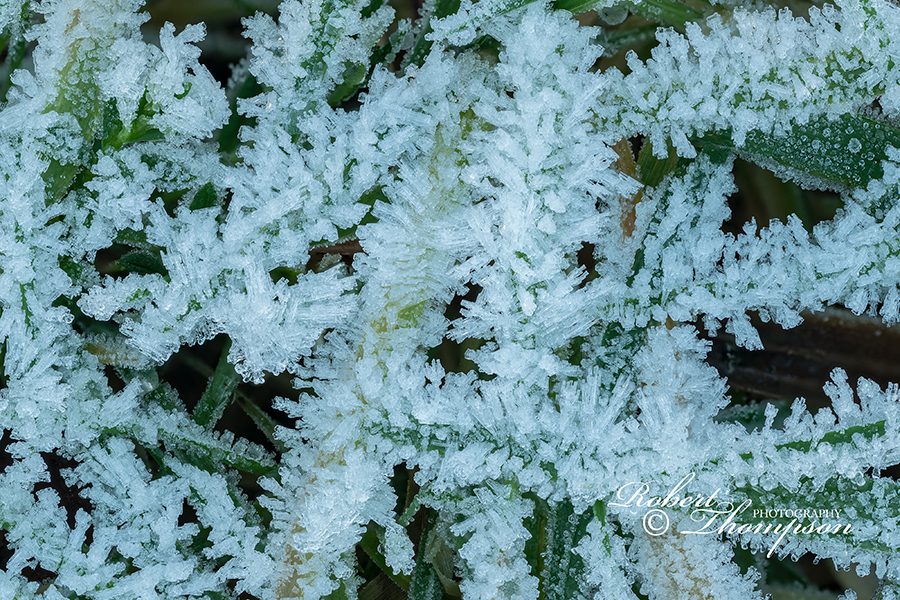
Frosted vegetation
Nikon D850, 200mm Micro nikkor lens, f/11, ISO 200.
We have had little in the way of frost so far this winter which is becoming the norm as the seasons get even more confused. When frost does occur, you need to be up early to maximise your time. Those areas that are exposed to sunlight quickly fade forcing you to seek less exposed parts which maintain their condition for a bit longer. Recently I spent a couple of hours pondering around an old blanket bog not far from home looking for subjects that caught my eye. Some examples illustrated here. All of the images were photographed on a tripod for precise control over focus and framing.
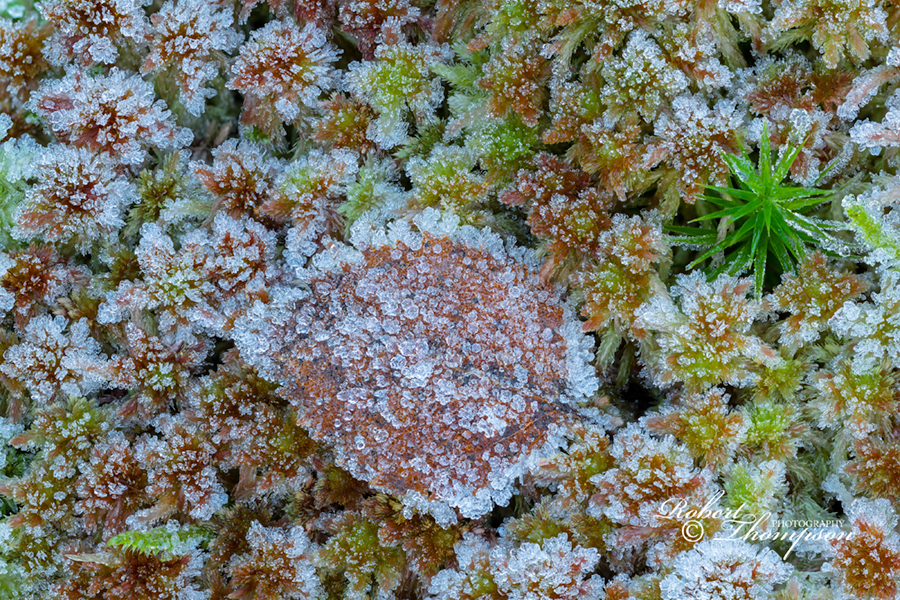
Frozen Birch Leaf
Nikon D850, 105mm Micro nikkor lens, f/11, ISO 200.
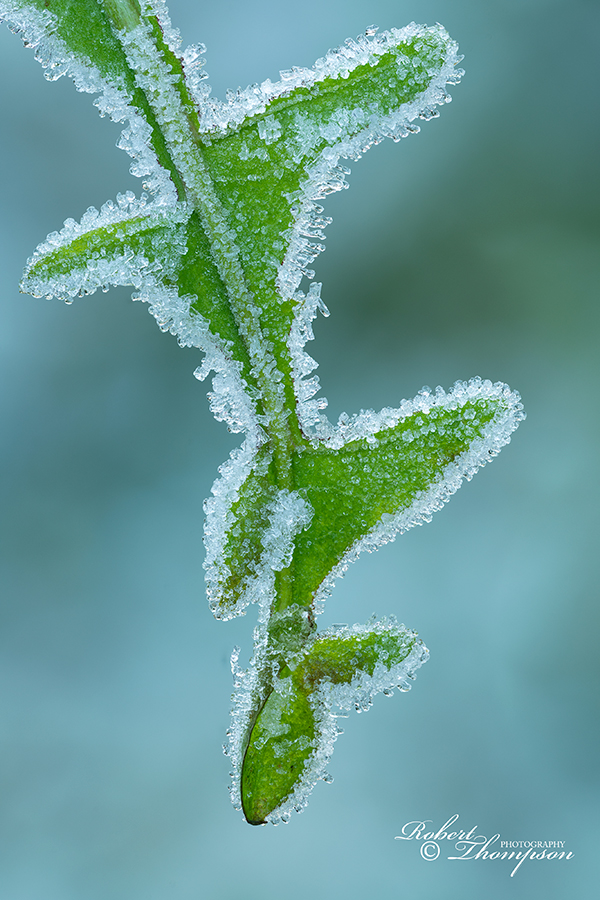
Frosted Dandelion leaf

